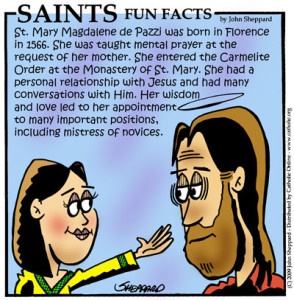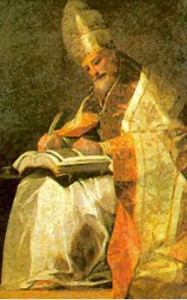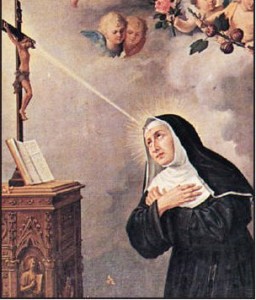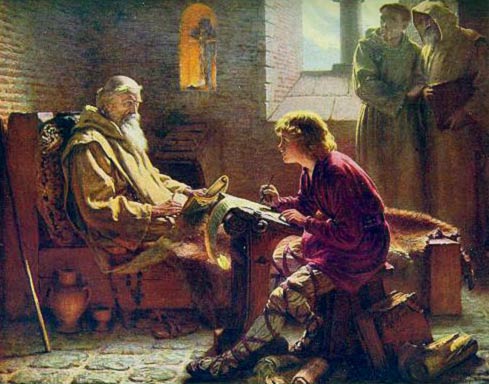 Saint Bede the Venerable (672-735) Image: Catholic Fire
Saint Bede the Venerable (672-735) Image: Catholic Fire
(CNA) Born in England Wearmouth, Bede’s parents sent him at a young age to study at the Monastery of St. Paul in Jarrow, that was founded by Benedictine Abbot Benedict Biscop (later be Canonized in his own right) Biscop’s extensive library may have sparked a curiosity in young Bede, who would grow up to be a voracious reader and prolific writer.
Bede’s teachers could see in their pupil that his life exhibited a remarkable devotion to prayer and study–Later when Bede returned to Jarrow and continued his studies with Abbot Ceolfrid (a companion of Benedict Biscop) the Abbot and a group of other Monks instructed Bede not only to study scripture and theology but also sacred music, poetry and Greek –Bede would continue his studies for 11 more years before entering the Priesthood at the age of 30 around the beginning of the 8th Century.
Subsequently Fr. Bede took on the responsibility of celebrating daily Mass with the members of his Benedictine community, while also farming, baking and doing other works at the Monastery.
Fr. Bede gave absolute priority to prayer, fasting, charity and hospitality, he regarded all other works as ‘valueless’ without the love of God and one’s neighbor. — Fr. Bede also possessed outstanding intellectual gifts, which he used to survey and master a wide range of subjects according to an all-encompassing vision of Christian scholarship.
Later, Fr. Bede declined a request to become Abbot at his Monastery, instead he concentrated on writing and produced more than 45 books during his lifetime–primarily about Theology and the Bible but also on Science, Literature and History. Fr. Bede would go on to teach hundreds of students at the Monastery and its school, which would become renowned throughout Great Britain.
During Fr. Bede’s lifetime, his spiritual and intellectual gifts garnered wide recognition. his writings on scripture were considered so authoritative, that a Church council ordered them to be publicly read in English Churches.
Some of the most illustrious members of English society made pilgrimages to Fr. Bede’s Monastery to seek his guidance and he was personally invited to Rome by Pope Sergius.
Fr. Bede was unfazed by these honors, perhaps inspired by the Benedictine monastic ethos, which emphasizes ones absolute commitment to the monastic community–Fr. Bede chose not to visit Rome or travel any significant distance beyond the Monastery of St. Paul during his entire lifetime.
Instead the world would come to Fr. Bede, through the visitors that he received according to the Benedictine tradition of hospitality and through his voluminous reading. Fr. Bede in-turn reached the world without leaving his monastery, writing books that were copied with reverence for centuries and still read to this day. Fr. Bede is one of the last Western Christian writers to be numbered among the Church Fathers.
Fr. Bede understood that love rather than learning was his life’s purpose saying:
“It is better to be a stupid and uneducated Brother who, working at the good things he knows, merits life in heaven, than to be one who–though being distinguished for his learning in the Scriptures or even holding the place of a teacher, lacks the bread of love.”
Fr. Bede died on this date on the Vigil on the Feast of the Ascension of Christ in 735 shortly after finishing the Anglo-Saxon translation of the Gospel of John.
In 1899 Fr. Bede was declared ‘Doctor of the Church’ and was Canonized by Pope Leo XIII
More here from EWTN and here from Franciscan Media
Related: For Today’s Most Holy Scripture Readings for the Memorial of St. Bede, Visit: -USCCB
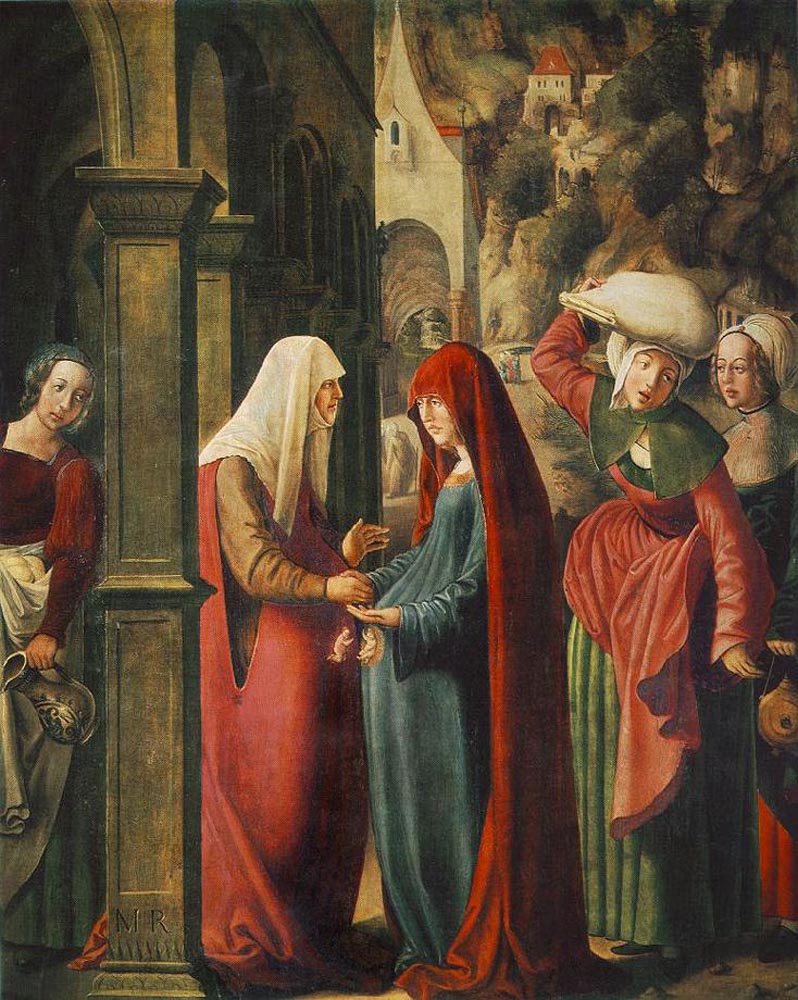 ‘Visitation of the Blessed Virgin Mary’ Image: —Daily Gospel
‘Visitation of the Blessed Virgin Mary’ Image: —Daily Gospel 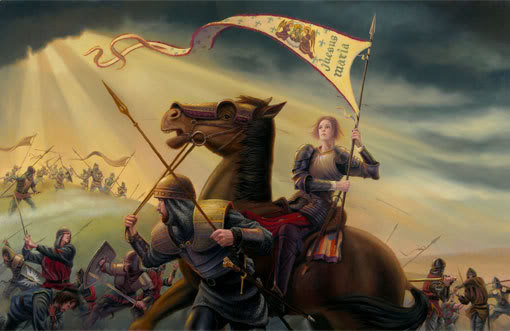 Saint Joan of Arc (1412-1431)
Saint Joan of Arc (1412-1431)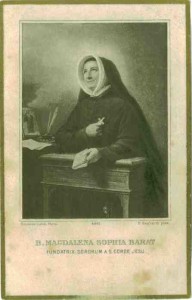
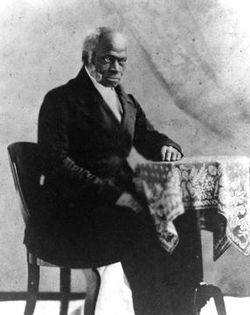
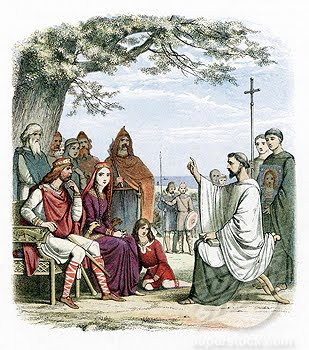 St. Augustine of Canterbury
St. Augustine of Canterbury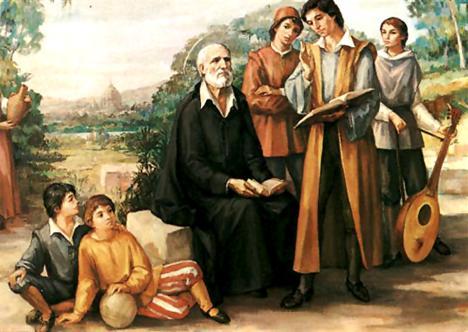 Saint Philip Neri (1515-1595) Image Courtesy:
Saint Philip Neri (1515-1595) Image Courtesy:  Saint Bede the Venerable (672-735) Image:
Saint Bede the Venerable (672-735) Image: 